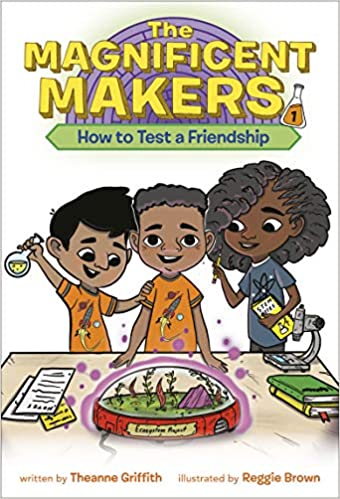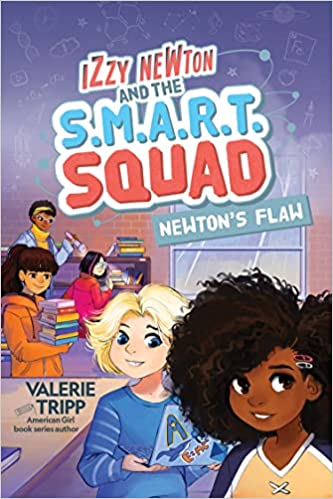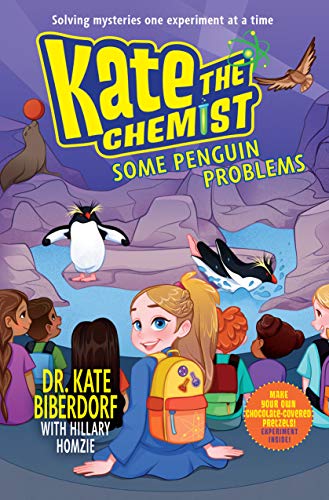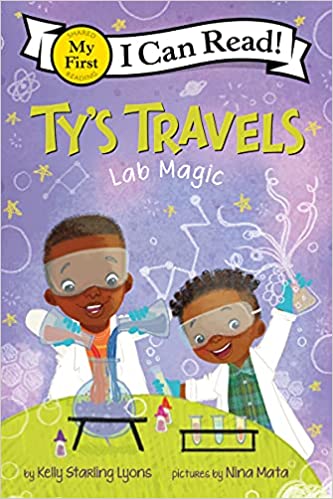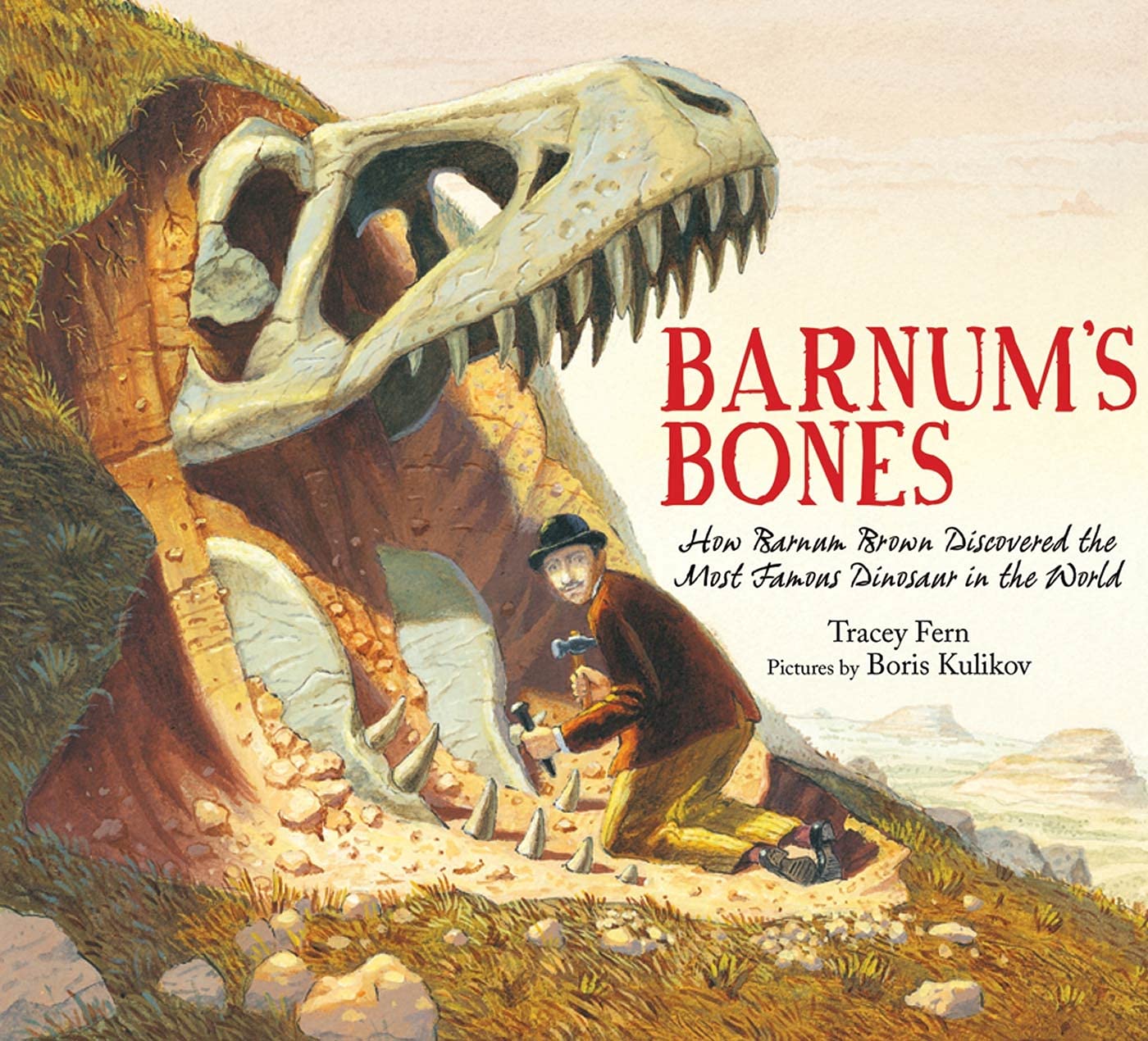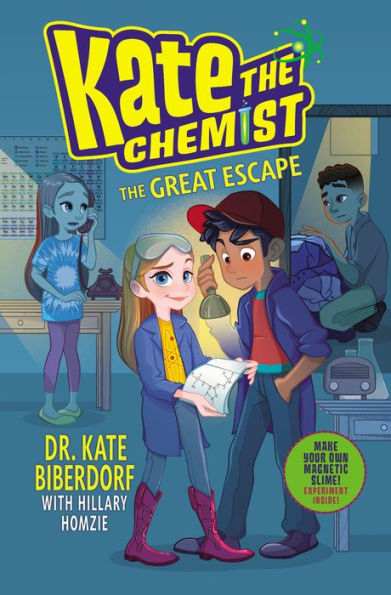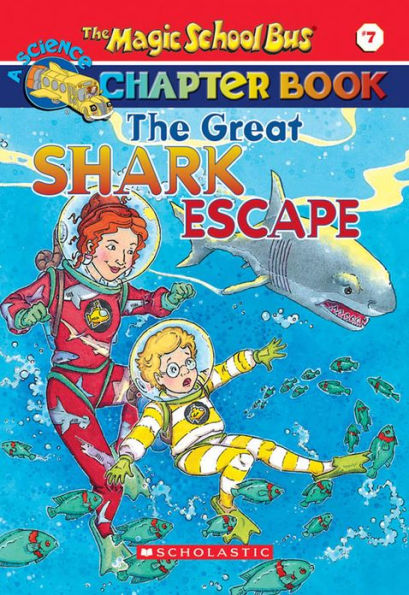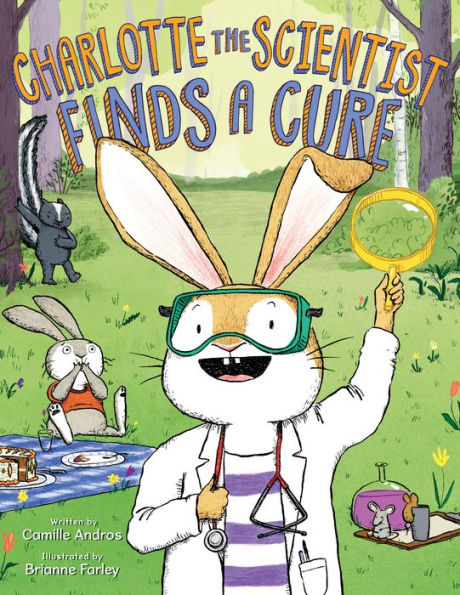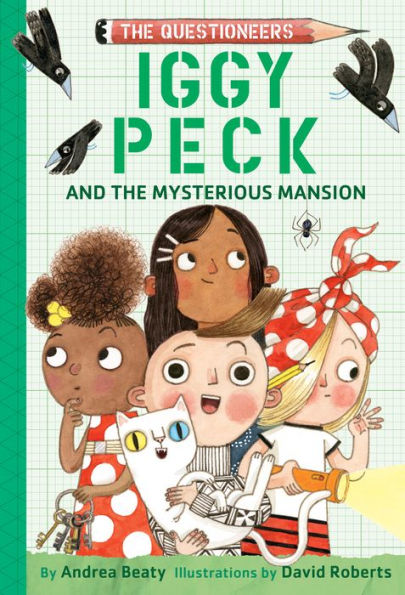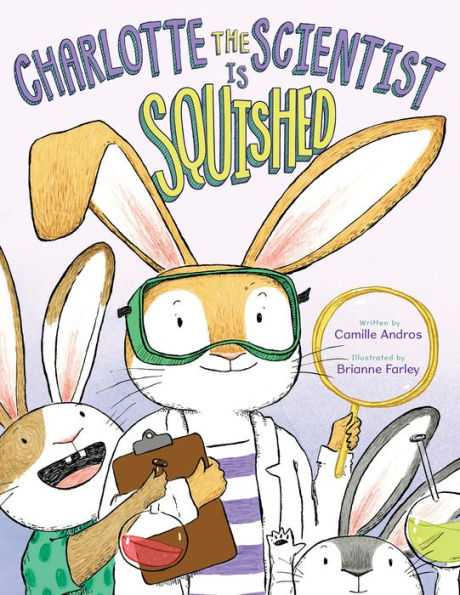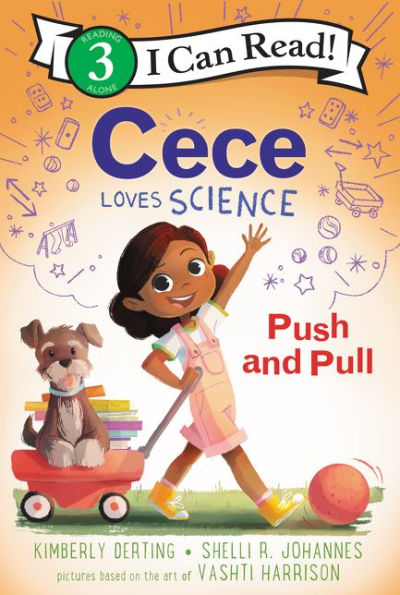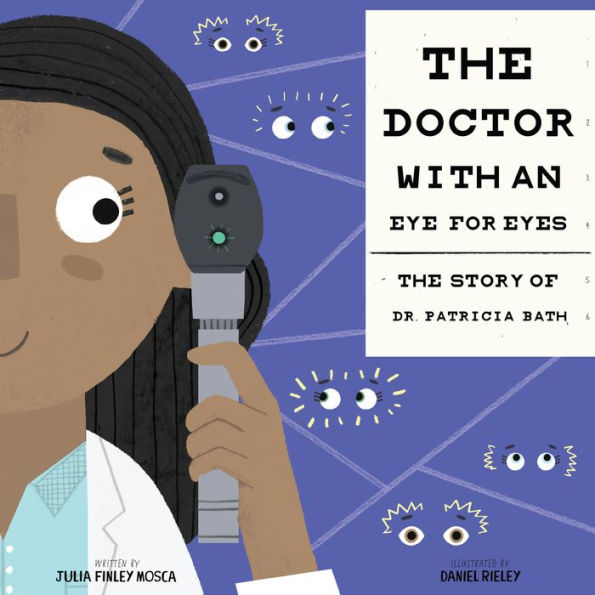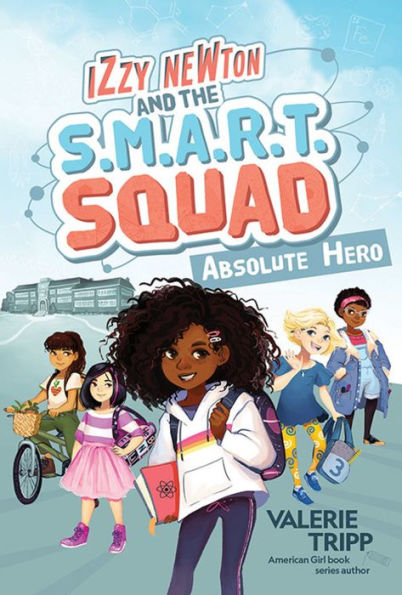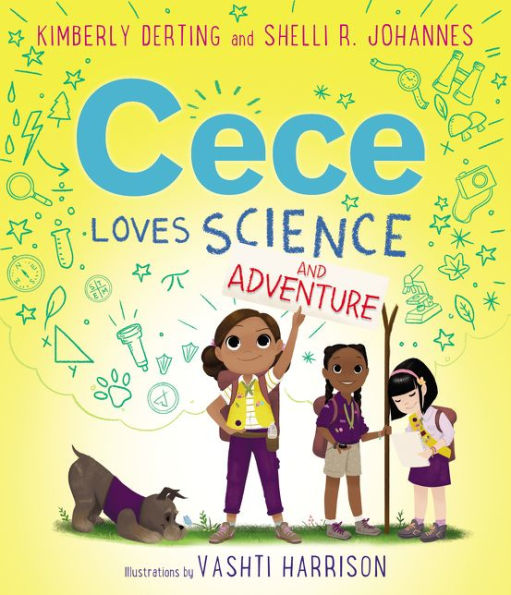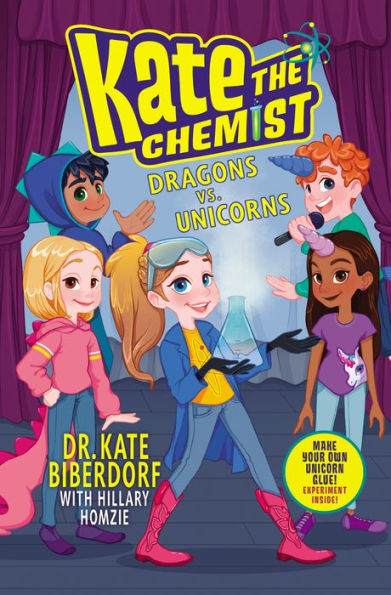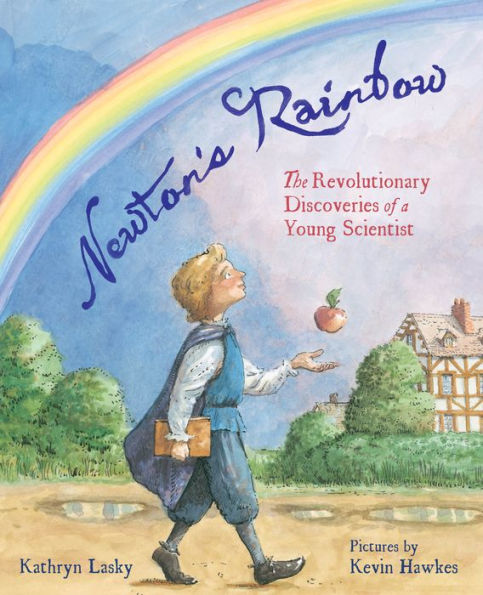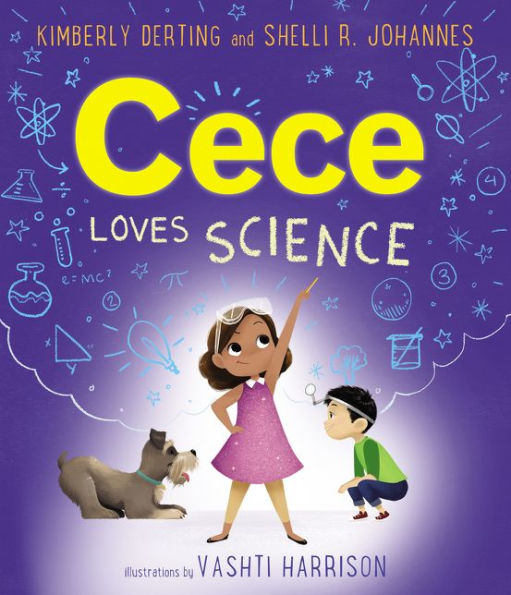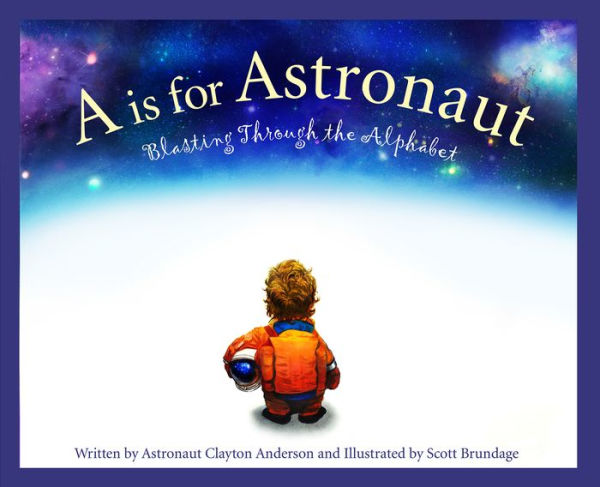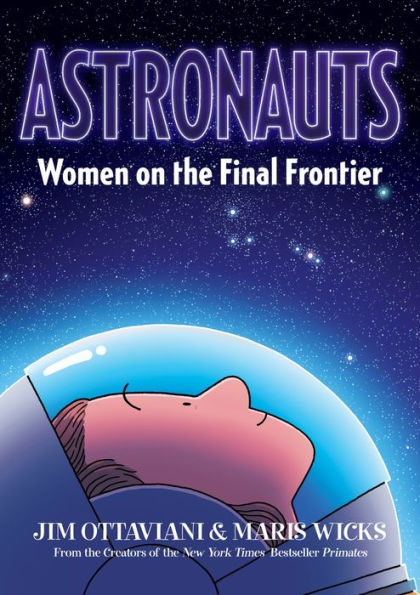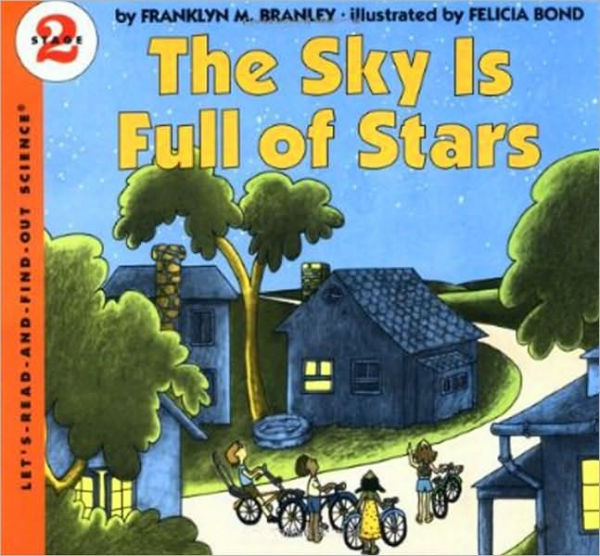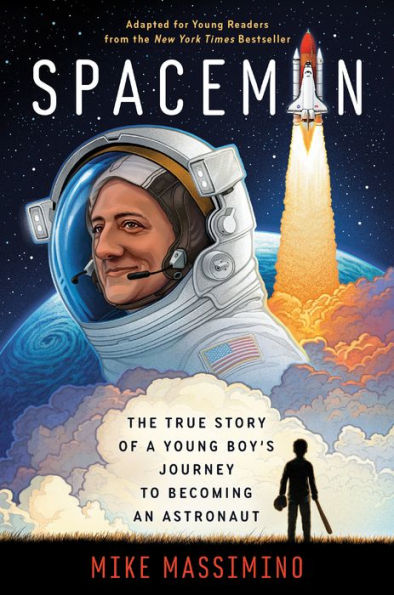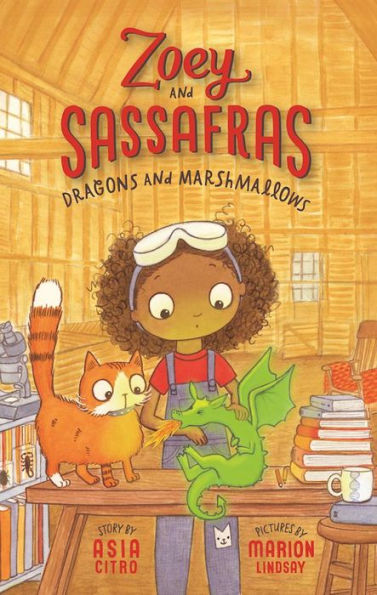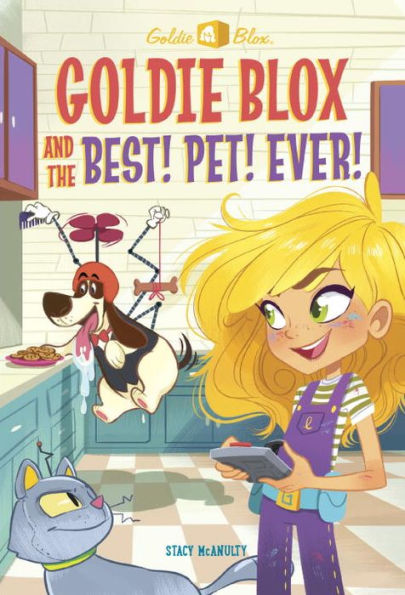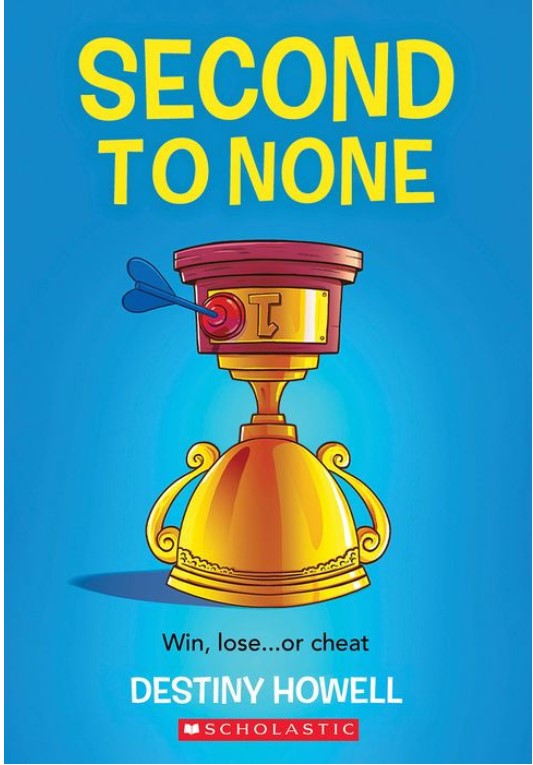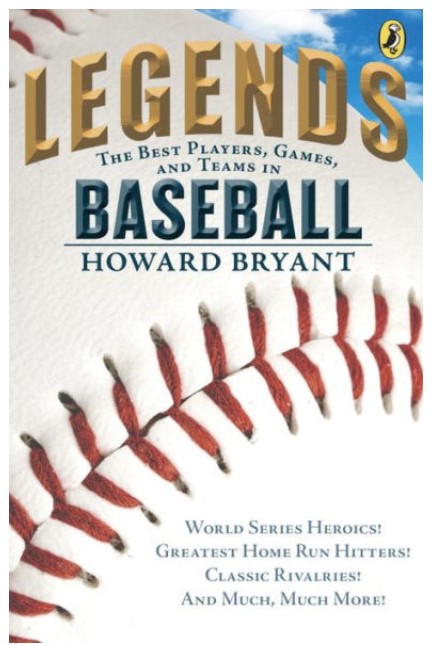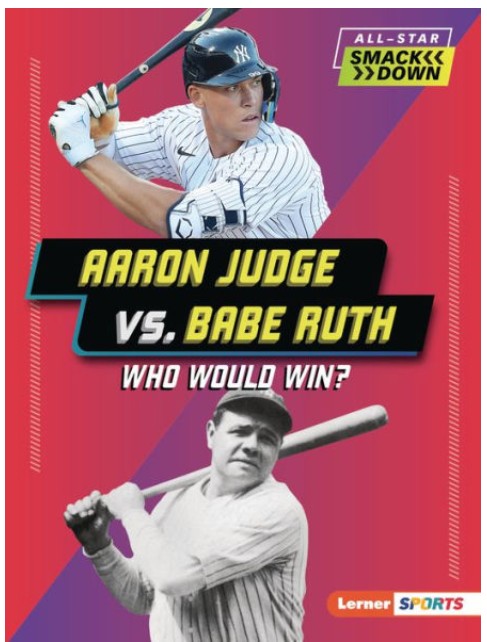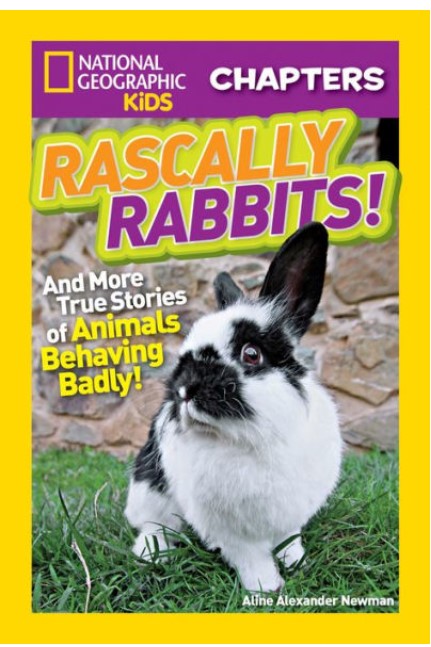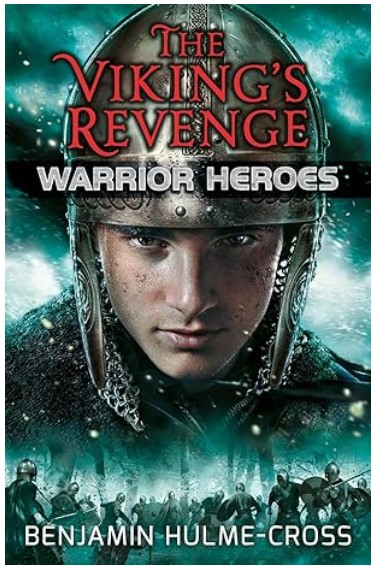Best friends Pablo and Violet are excited to start their first day of third grade. However, when Violet starts giving the new boy, Deepak, her attention, Pablo gets upset. Pablo is afraid that he’s about to lose his best friend. But when Pablo, Violet, and Deepak discover a magical makerspace, they can’t wait to check it out! They must work as a team, but Pablo still doesn’t want Deepak’s help. Can the three learn how to work together or is Pablo about to lose his best friend forever?
When the kids are magically transported to the Maker Maze, they find cool science games and puzzles behind every door. They also find a wacky scientist who will be their guide, giant puzzles to test their skills, and holograms of animals, plants, and more!
Science loving readers will love jumping into Maker Maze, where they will learn about the food chain, such as the difference between producers, consumers, and decomposers. While the story mixes in friendship drama, the story’s focus is on teaching readers about the food chain. Pablo, Violet, and Deepak are challenged to correctly identify plants and animals that are producers, consumers, and decomposers. They also must learn to work together to find the correct answers. While the book is educational, the story is heavy on science, so some readers may have difficulty reading the entire book.
With oversized text, black and white illustrations on every page, and the magic of the Maker Maze, How to Test a Friendship will delight readers interested in science. The large illustrations show the kids in action, which will help readers understand the plot. Plus, the characters’ facial expressions clearly show their emotions—this makes Pablo’s worry palatable. To add a little fun, the text occasionally shows onomatopoeia in large font. The end of the book also includes instructions on how to make a rubber band powered boat and a diorama of an ecosystem. Younger readers may need a little help with the project.
How to Test a Friendship uses a lot of science, a little bit of magic, and three friends to teach readers about the food chain and about friendship. When Pablo first meets Deepak, Pablo is worried that Violet will no longer be his best friend. In the end, Pablo finally tells Deepak why he is upset and the two work through the problem. Pablo realizes that “friend groups are a lot like ecosystems. Over time they can change. And that isn’t always bad.” Science loving readers who want more science adventures should also check out The Data Set Series by Ada Hopper and the Mr. Tiffin’s Classroom Series by Margaret McNamara.
Sexual Content
- None
Violence
- None
Drugs and Alcohol
- None
Language
- Violet tells Pablo, “Don’t be a party pooper!”
- Pablo says jeez once.
- Dr. Crisp, the scientist in the Maker Maze, says, “Oh, fiddle flasks.”
Supernatural
- A telescope in the classroom pulls the kids into a portal. “It was as if they were paper clips, and the telescope was a giant magnet. One by one, Pablo, Deepak, and Violet were squeezed through.” They come out in the Maker Maze.
- While the kids are exploring the Maker Maze, the kids in the class are asleep.
Spiritual Content
- None
